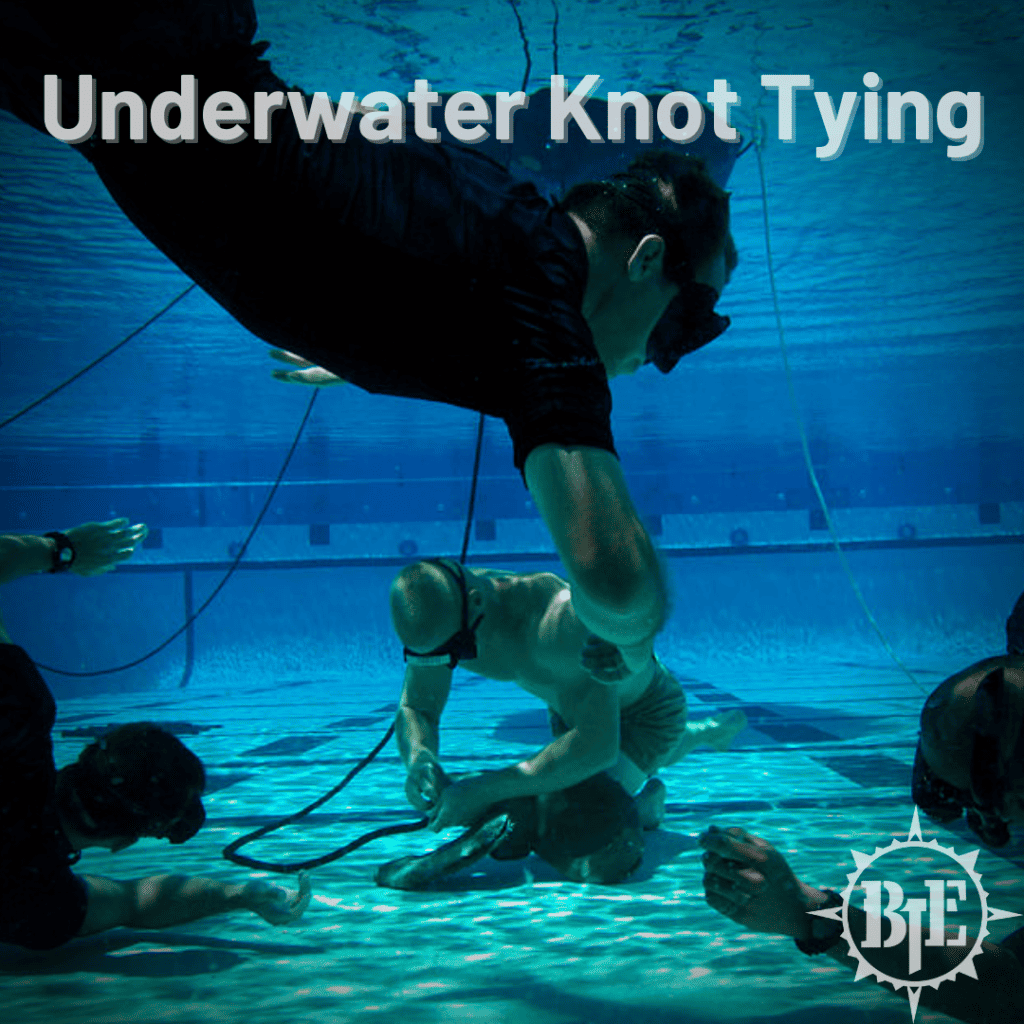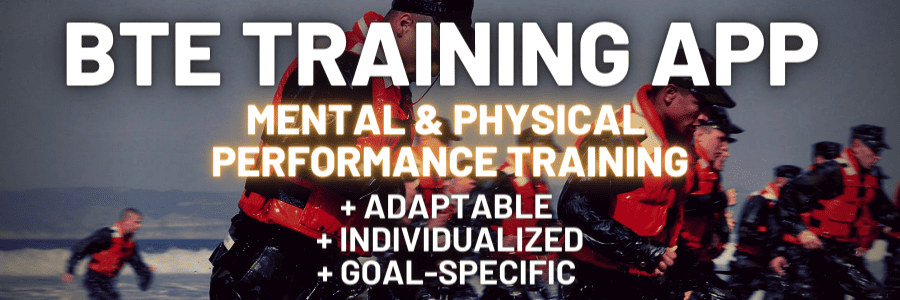Underwater Knot Tying
Most maritime special operations programs involve some form of underwater knot tying. This is a way of testing your ability to execute a useful skill (quickly tying a knot) while simultaneously demonstrating another skill (staying calm in the water).
It’s important to learn the knots that are required of you in advance of your course. Even a skill that feels well-practiced will become shakier in the deliberately stressful testing environment of selection. The more effectively you’ve practiced in advance, the less likely you are to make mistakes or suddenly draw a mental blank while holding your breath on the bottom of a pool with your career on the line.
The five knots commonly required in underwater knot tying tests in Navy schools like BUD/S and SWCC (BCT) selection are:
Bowline
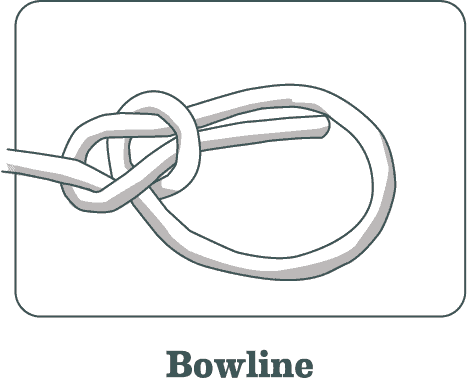
Becket Bend (aka sheet bend)
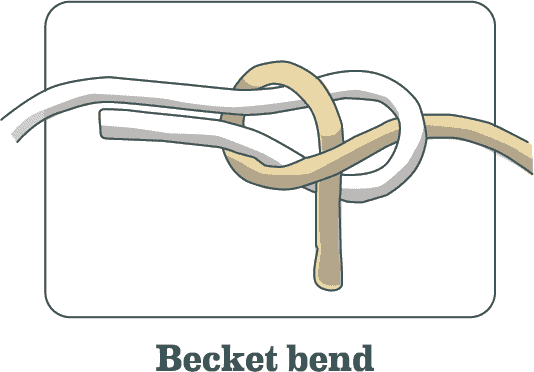
Clove Hitch
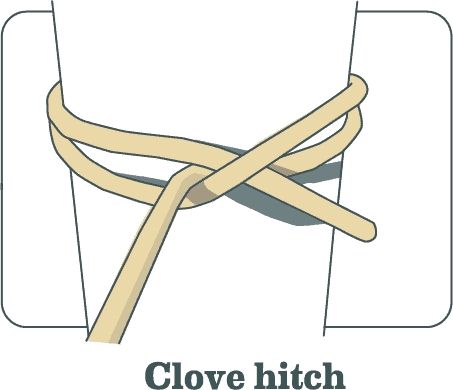
Rolling Hitch
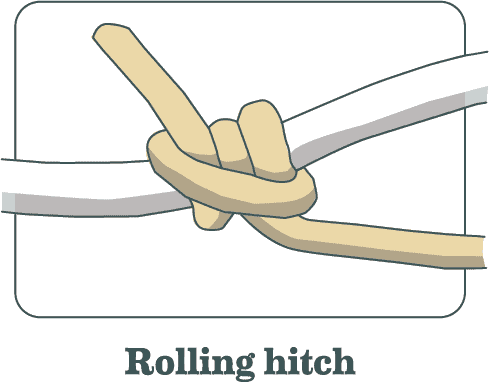
Square Knot
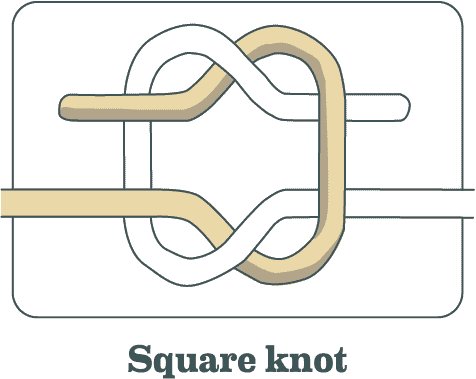
Knot tying in USMC programs
Reconnaissance Marines don’t currently have pass/fail underwater knot tying events in their Basic Reconnaissance Course selection, but later training such as dive school will test this skill. Marines must also know a wide range of knots and are often required to be able to do them at a moment’s notice, so if you’re going into Recon selection, it’s worth learning this list. You’ll be required to tie these knots within the corresponding time limits, though typically not underwater:
Joining Knots
Square knot – 30 sec
Water tape knot – 30 sec
Double sheet bend – 30 sec
Anchoring Knots
Bowline around an object – 45 sec
Round turn with two half hitches – 45 sec
Clove hitch – 30 sec
Middle of the Line
Bowline on a Bight – 45 sec
Figure 8 loop – 45 sec
Specialty
Directional figure 8 – 45 sec
Four-finger prusik – 90 sec
Swiss seat – 90 sec
Bowline around body – 90 sec
The knots used in Marine Raider/MARSOC selection are very similar, and you can find a full list with images here.
Summary
Underwater knot tying is a combination of several skills:
- Breath-holding/water confidence
- Self-regulation – the ability to stay calm and control your thoughts and physiology under stress
- The knot tying itself
Keep in mind the concept of systems thinking from the beginning chapters of our book. Each of these factors works together, and it doesn’t matter how good any one piece of the system is if another factor is holding everything back. It doesn’t matter how well you know your knots if you can’t control your stress response or panic under the water because you’re not used to breath-holding. And it doesn’t matter how great your breath-hold is if you can’t remember how the knots work.
As we explain in the skill acquisition chapter of the book, your ability to recall the motor skills of knot tying within the stressful environment of an underwater test is dependent on how well you’ve practiced these skills previously and the extent to which you’ve applied stress inoculation training concepts in your practice. Every piece of this is a knowable, trainable, manageable process. You just have to do the work.


